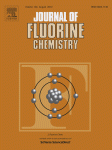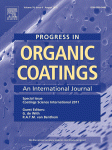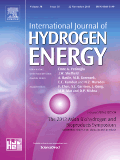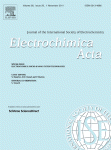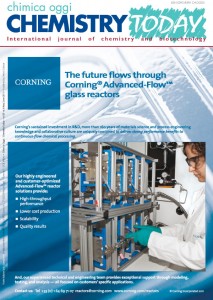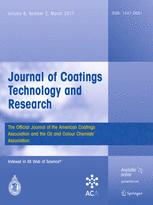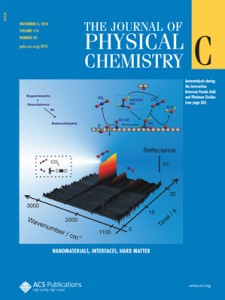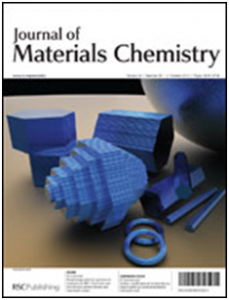Direct fluorination of carbon monoxide in microreactors.
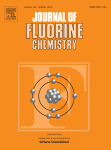 Author(s): NAVARRINI W., VENTURINI, F., TORTELLI V., BASAK S., PIMPARKAR K. P., ADAMO A., JENSEN K. F. Source: Journal of Fluorine Chemistry. Volume: 142 Pages: 19-23. DOI: 10.1016/j.jfluchem.2012.06.006. Published: Oct (2012). ABSTRACT:
Author(s): NAVARRINI W., VENTURINI, F., TORTELLI V., BASAK S., PIMPARKAR K. P., ADAMO A., JENSEN K. F. Source: Journal of Fluorine Chemistry. Volume: 142 Pages: 19-23. DOI: 10.1016/j.jfluchem.2012.06.006. Published: Oct (2012). ABSTRACT:
Many attempts to obtain a clean stream of COF2 have been carried out in the past by means of the direct fluorination of carbon monoxide with elemental fluorine or by electrochemical fluorination. The reaction is highly exothermic, therefore difficult to control. It can easily develop into a thermal runaway with a poor selectivity. We have successfully circumvented these critical issues by using a stainless steel parallel channel microreactor (surface/volume ratio approximate to 1 x 104 m(-1), residence time T approximate to 0.1 s) for the direct fluorination of carbon monoxide. Its performance in terms of operability and selectivity is compared to that of a standard reactor assembly, namely a fluorine burner reactor coupled with a water cooled heat exchanger. While the microreactor assembly succeeded to control the exothermic reaction, in the same experimental conditions the standard assembly reactor underwent serious corrosion issues that lead to nozzle meltdown lack of selectivity and consequent plant shutdowns. http://www.sciencedirect.com/science/article/pii/S0022113912001790




